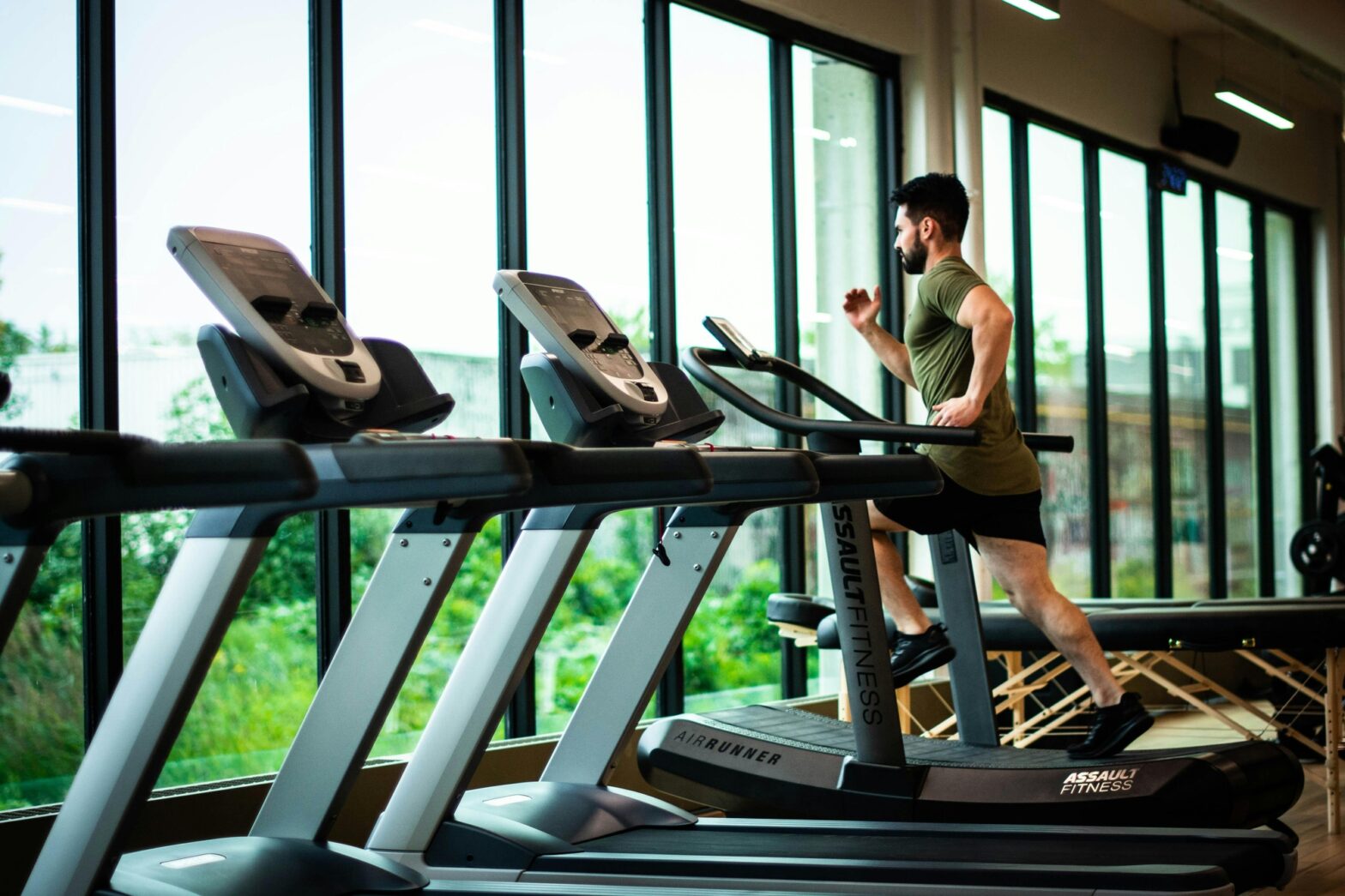When we think about workouts, we focus more on different types of exercises, their intensity, the results we aim for, or a target area for the workout. However, one significant thing we often overlook is maintaining a good posture while working out.
Posture goes beyond influencing physical appearance; it is a significant player in body mechanics that determines how different muscles interact and affects stress distribution throughout the body. Each exercise requires a particular body alignment, which can impact your performance and risk of injury, making monitoring your posture during a workout vital. Understanding the role of posture and how to maintain it during workouts can be the key to a safer and more effective fitness routine.
Understanding Posture in Workouts
Postural integrity during exercise is the ability or capacity to align all the body’s spines, joints, and muscles. This alignment ensures that your body is as well-tuned as it can be to eliminate any undue stress. Postures such as slouching (which is terrible for the back), arching during workouts, or leaning forward or backward can lead to injuries if not paid attention to.
In some cases, prolonged poor and uneven posture while exercising may lead to spine injuries and trauma. Such an event can exacerbate existing spinal imbalances or contribute to postural problems, potentially worsening symptoms of conditions like scoliosis or kyphosis or leading to other spinal issues. Severe cases may require extensive surgical procedures, such as scoliosis surgery procedures or spinal fusion, to be corrected.
The Link Between Posture and Injury
Engaging in physical activity with poor posture can put undue stress on specific muscles and joints, leading to various problems. A few of them are listed below.
- Muscle strain: When our muscles are overworked due to improper alignment, they become fatigued and strained.
- Joint pain: Poor posture while sitting or reclining, especially at work, at home, while driving, or even walking, increases the possibility of joint pain starting from your shoulders and coming down to your knees and even lower back.
- Circulation: Poor posture can restrict blood flow and circulation, leading to fatigue and potentially affecting healing and recovery.
Common Posture Mistakes During Workouts
Listed below are some common mistakes people make during workouts, leading to increased risk of injury.
- Rounded shoulders: Leaning forward causes the shoulders to hunch, exerting pressure on the neck and the upper region of the back.
- Hyperextending the lower back: Lack of balance and excessive arched movement of the lower back can result in strain and pain in that area.
- Improper form during exercise can stress your joints and muscles.
- Overtraining: If the body doesn’t get adequate rest, it becomes fatigued and may be injured.
Tips for Maintaining Good Posture During Workouts
Here are some tips to reduce the possibility of mishaps and achieve the best results from each workout.
- Be mindful of your posture: Pay attention to your posture during all exercises.
- Use proper form: To prevent injuries, practicing the proper form of each type of exercise is crucial.
- Start with lighter weights: To prevent overexertion or injury, start light and gradually increase the intensity of workouts.
- Listen to your body: In case you feel a burning sensation or any pain, it is recommended to stop exercising and take a break.
- Incorporate stretching and mobility exercises: Stretching routines can effectively enhance flexibility and muscle relaxation.
Benefits of Good Posture
Bad posture harms the body and affects performance in specific tasks. When properly aligned, you can lift heavier weights, run better, and stretch further. Proper posture also helps maintain balance and coordination, which is critical in doing exercises correctly and without risking well-being.
Endnote
Focusing on your correct posture during exercises will minimize your susceptibility to injuries and enhance your exercise experience. Don’t assume that good posture simply means appearing tall and elegant; it means being comfortable and staying healthy.



















